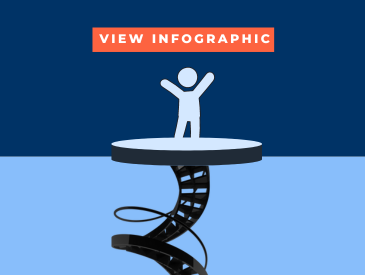by W. Lewis Johnson, Ph.D.
Suppose you have a young employee, Emily, who has been on the job for just a month. She has been working hard on a marketing report, putting in long hours. She has just completed the report and you want to reward her. So you call her into your office, congratulate her, and offer to write a note of commendation for her in the company newsletter. You expect her to be thrilled, but instead she looks disappointed and discouraged. What went wrong?

Clearly some sort of miscommunication occurred. To understand why, look at the situation from Emily’s perspective. You may think that a mention in the company newsletter is a big deal, but she doesn’t see the value in that. It may be that she thinks of this reward as meaningless lip-service for her hard work.
Miscommunications like this happen frequently in the workplace, especially among employees from different generations. They have different expectations around communication and office culture norms. New workers bring habits and communication styles to the workplace that others might find surprising and even unprofessional. Misunderstandings can reinforce negative attitudes, add to frustration, and have a big negative impact on employee retention. This increases personnel costs and affects workplace morale.
Much has been written lately about the challenges of motivating, managing, and retaining Millennials. But many of the generalizations being made about Millennials are conjecture. As The Economist noted in a recent article: “Nothing is more important for a firm’s survival than recruiting and retaining the next wave of talent. But in their enthusiasm to embrace that generation, [companies] risk swallowing a lot of snake oil.” Instead, solutions should be informed by solid research in social science to ensure that the problems are properly understood and addressed.
The right way to overcome problems between generations in the workplace is to get past generational stereotypes and address the underlying issues of communication, cooperation, and a positive work culture. Doing this will promote better understanding between people with differing backgrounds and communication styles. This requires effective perspective-taking skills. Anthropologists, ethnographers, and other social scientists have identified perspective-taking skills as critical for promoting understanding between people of different cultural backgrounds. They can help bridge cultural divides within the workplace, including divides between younger and older workers. They can also help build understanding between employees and customers, resulting in improved customer satisfaction and increased sales.
Perspective-taking is the ability to understand a situation from the perspective of another person. It is complementary to emotional intelligence but in some ways is more useful. Emotional intelligence might help you recognize that an employee like Emily is disappointed and upset; perspective-taking can help you understand why so you can do something about it.
Anthropologists employ perspective-taking skills when studying other cultures so that they can understand the culture from the perspective of a member of that culture. Without these skills one tends to judge another culture by the standards of one’s own culture, which often means judging it negatively or misunderstanding the situation. Perspective taking is also very useful in cross-cultural communication and negotiation. But it is not limited to international settings; it can be applied to any business setting. Just as ethnography, another set of techniques from anthropology, has found its way into the workplace, so should perspective-taking skills. They are particularly useful in understanding differences between generations in the workplace and overcoming them.
As anthropological research makes clear, culture and cultural differences are pervasive. Every group has its own culture, including the company and department that you work for. Each of us is a member of multiple groups, which can influence our behavior and outlook. Moreover, we join different groups over the course of our lives.
This is the essence of the challenge that Millennial workers face in the workplace. They are adjusting to the culture of the workplace, and of your organization’s workplace specifically. At the same time they bring their own perspectives and behavior norms, which may be different from those of established workers. Perspective-taking skills can help new workers assimilate more easily and help all workers collaborate more effectively. Without them misunderstandings between workers will inevitably arise, and without strong and effective communication skills, they will fester.
Let’s now return to the conversation with Emily, to see how perspective-taking skills can help get the conversation of the right track. Take a step back and look at the situation from Emily’s perspective. She is new to the company and may be unfamiliar with its culture and underlying values. So you should follow up by explaining why you want to write her up in the company newsletter, how it reinforces company values. You should also consider whether there are other rewards you can offer, such as professional development, that are better aligned with Emily’s Millennial values.
So what can you and your staff do to become more successful in working with Millennials? Start by learning about values and communication habits of the Millennial generation. But be sure that the learning materials you draw from are based on solid research in Millennial perspectives, and are not simply other people’s caricatures of Millennials.
Then, you should seek training in perspective-taking skills. Simulation-based learning tools are now available that let you practice common workplace interactions and develop your perspective-taking skills.


